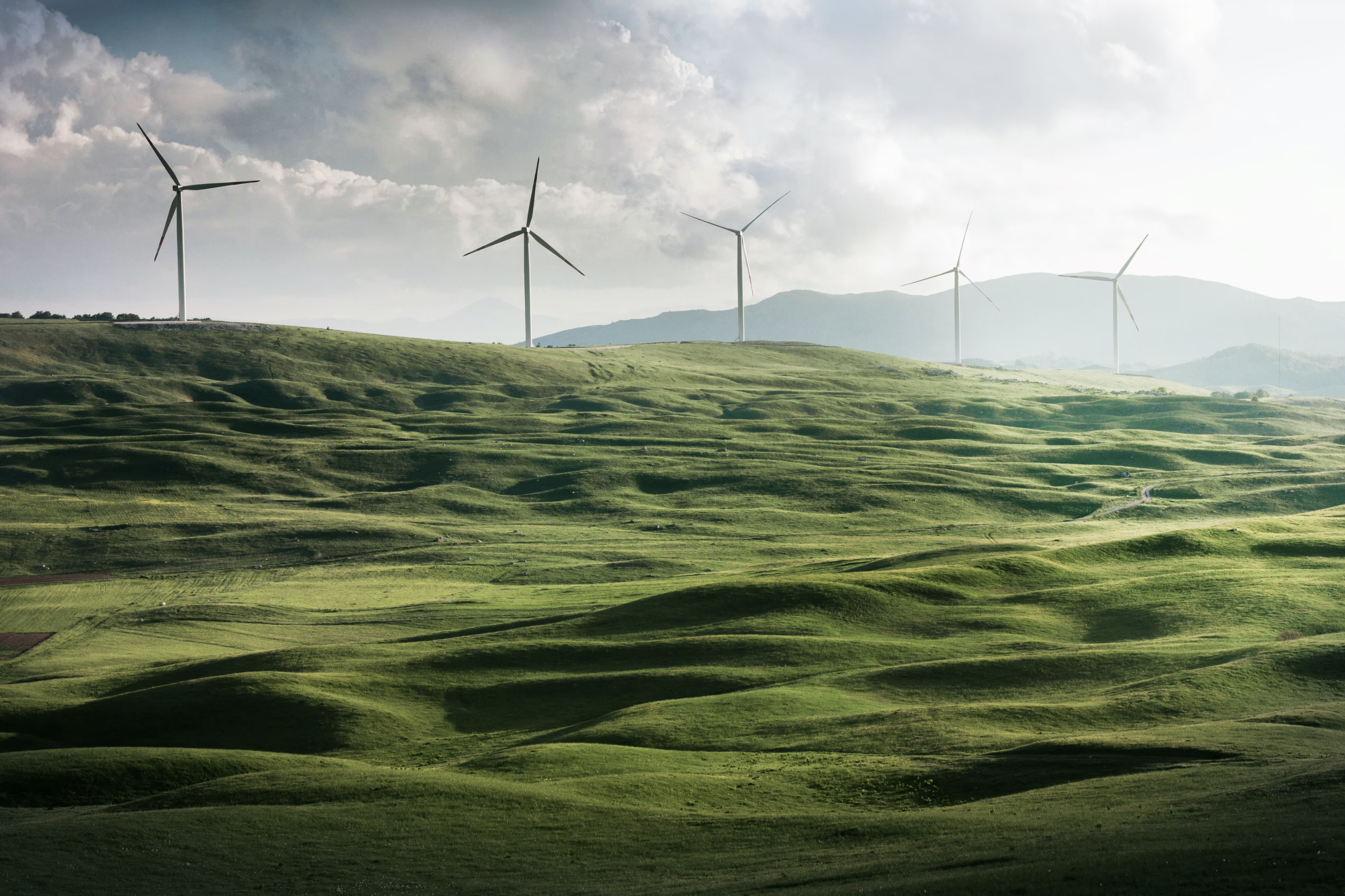Climate change is unanimously viewed by the international scientific community as the preeminent problem confronting humanity in the 21st century. It is an existential threat whose impact is already being felt in many places around the world. While it is undoubtedly true that the world’s biggest corporations, and especially fossil fuel companies, account for a disproportionate amount of the carbon emissions causing man-made global warming and climate change, the consumption choices of individuals are a major driver as well. With that in mind, below are 3 ways to make more climate-friendly purchases.
Use a Green Credit Card
If you are interested in improving the positive climate and environmental impact of your purchases, you should begin with a green credit card. Green credit cards are those which have partnered with an environmental organization like the World Wildlife Fund, and they allocate a percentage of each dollar spent to the partner cause. If you are someone who puts a lot of money on their credit card(s) each month, particularly if you are a business owner with a dedicated business card, this spending can really add up.
These cards can be a great way to amplify your impact, offsetting the climate and environmental impact of your purchase by ensuring that a small amount of it goes towards things like combatting biodiversity loss, helping save endangered species or promoting reforestation. By shopping with these cards, you get to leverage the power of companies like Visa and Mastercard, extending reach you otherwise wouldn’t have.
Research the Supply Chain
For those who care enough to know, the supply chain information of just about everything you might want to buy is out there. It takes some time and effort on your part, but that is part of being a more informed and environmentally conscious consumer. Companies have also begun to recognize this new consumer conscientiousness and are working to incorporate increased transparency in their supply chains, allowing people to make more informed decisions about what they buy and why they buy it.
This is an especially powerful approach to our food purchasing decisions, considering the environmental impact of many of the off-the-shelf processed foods we consume. If you are worried about the environmental and climatic impact of what you are stocking your pantry and refrigerator with, consider doing a little research into where some of those main ingredients come from.
Buy Second Hand
If you are one of those people who have become aware of how many new products you buy a year–electronics, clothing, etcetera–and are eager to find a way to be less of a consumer, consider buying second hand. The next time you feel like buying a new phone, consider a Facebook or other online marketplace where people are selling refurbished ones. Used cars come with a range of financial benefits as well.
The next time you want a new pair of sneakers or some jeans, consider looking on a site that specializes in second-hand or making a trip to your local thrift or second-hand store. You don’t need new consumer items like clothes and electronics; you have been convinced by lifelong exposure to marketing that you do. While buying second-hand isn’t a panacea, it is undoubtedly a more environmentally-friendly purchasing decision.
Conclusion
There are plenty of ways you can make more climate and environmentally-friendly purchasing decisions in your daily life. You can also have these important conversations with friends and family and extend your reach and impact, helping them make changes to their own buying and consumption habits.
Keep the above three recommendations in mind and take better control of how your buying impacts the world around you. When everyone endeavours to do a handful of small things, big change can happen.

